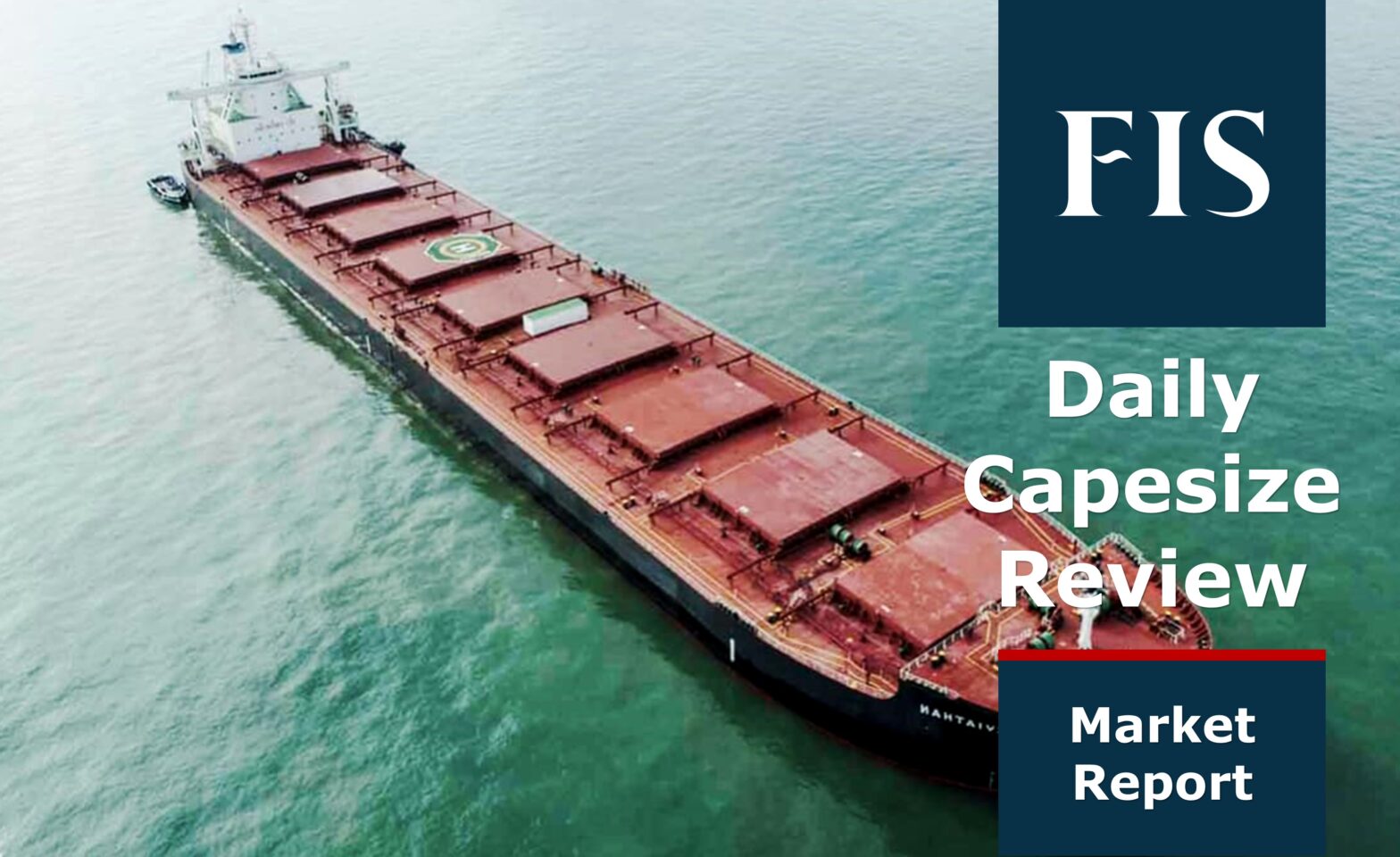Capesize freight rates came under pressure from both basins amid lower iron ore prices and relatively high bunker prices.
The Capesize 5 time charter average, then fell by $679 day-on-day to $14,209 on Tuesday, after a jittery session.
The Baltic Dry Index (BDI) also fell by $16 day-on-day, or down 0.81% day-on-day, to $1,968, due to softening freight rates.
Doubts over Chinese iron ore demand with falling prices
Freight rates continued to slide, as market became concerns over a streak of low iron ore prices, which might imply a slowdown of the raw materials in the Chinese market.
As output restriction was extended to steel mills over the course of Winter Olympics in Beijing, while there might be further production curbs for the Two Session meeting in March.
Chinese regulators’ stringent check on price fabrication also led to falling iron ore prices, casting a bearish market outlook with lack of shipping demand to move iron ores.
Hence, both Pacific and the Atlantic basin saw little fresh cargoes, though there was much shipping demand from West Africa amid the oversupplied vessel market.
Bunker prices remain firm despite drop in crude prices
The bunker prices extended its bullish run, as the price of VLSFO climbed by $1/mt to $748.50/mt in the port of Singapore.
Bunker price rally was mainly backed by the crude oil rally, though the crude prices had come down recently, as Russia moved some of its troop from Ukraine, sending some signs of averting the invasion plan.
However, the crude inventory remained tight and may support further oil price rally, as American Petroleum Institute (API) report showed a drawdown of US crude stockpiles by 1.1 million barrels for the week ended on Feb 11.
